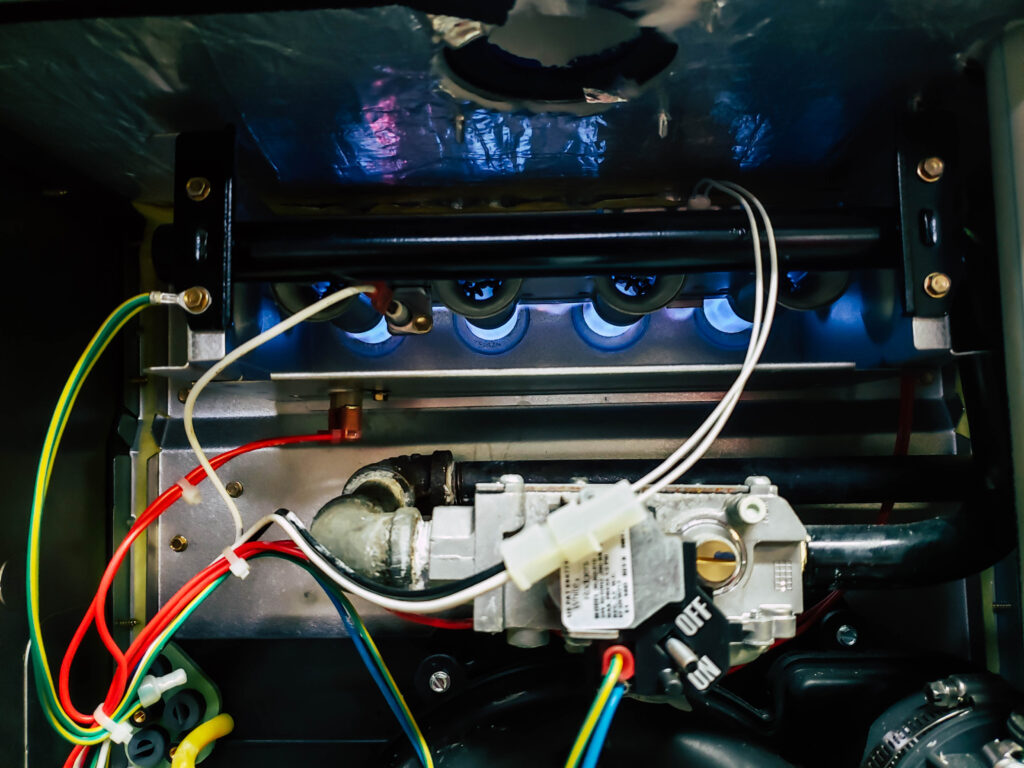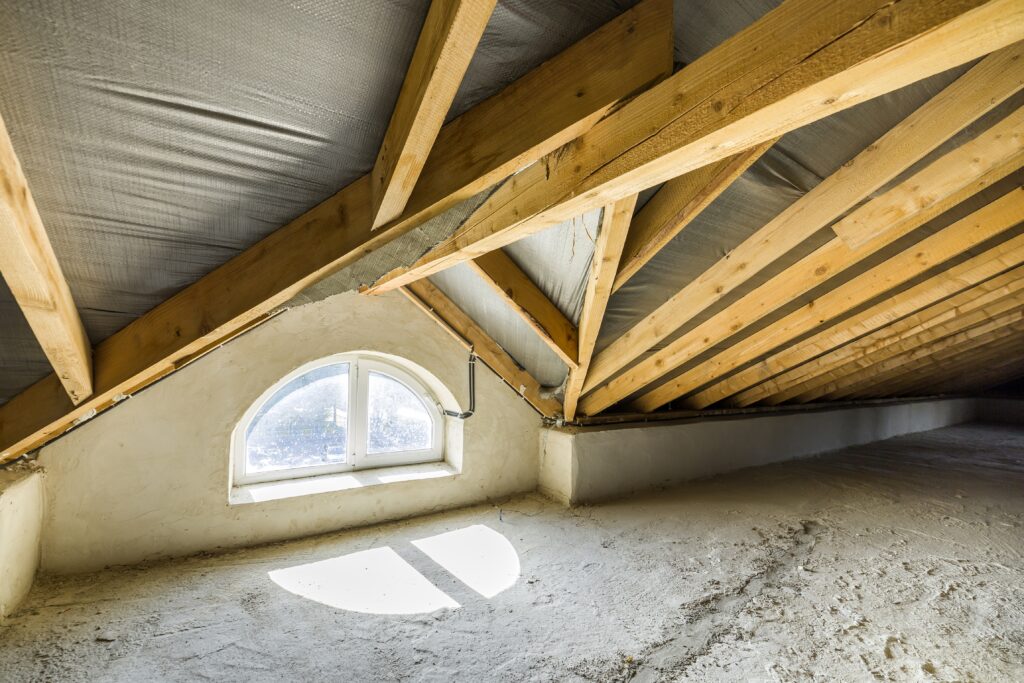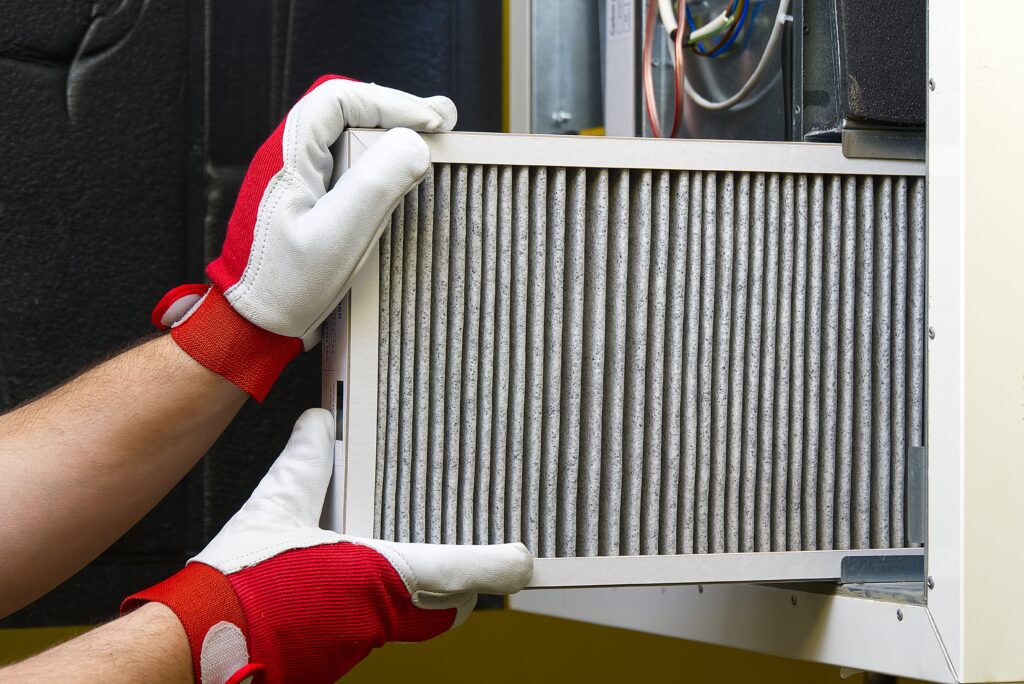Once in a while, the pilot light of a gas-powered furnace may go out. But if it happens on a regular basis, it signals an issue is at hand and should be fixed. Here we’ll discuss three common reasons the pilot light goes out and three ways furnace maintenance keeps even older systems operating.
What is a Pilot Light
A furnace pilot light is a small but ongoing flame, continuously fed by just enough gas to keep the flame lit. When you turn on the furnace, the main gas line next to the pilot opens. The flame ignites the gas and the heating cycle begins.
Reasons Pilot Light Keeps Going Out
If your pilot light goes out at all, take extreme care until it’s properly relit or a malfunction with the furnace is repaired. Yet, older gas furnaces emit gas when the pilot is out which can lead to accidental fires.
Pilot Light is Dirty
A blue pilot light flame means the opening is clean; whereas, an orange or yellow flame means it’s dirty. When enough dirt, dust, or other debris fill the opening, it’ll stop the flame from fully engulfing the thermocouple and trigger a safety mechanism to turn off the gas. Dirty pilot openings is a common cause for the flame to go out.
Thermocouple Fails (broken, dirty, off center)
The thermocouple is a small device that doubles as a safety sensor on a gas furnace. With the ends aligned to the pilot light, the thermocouple produces an electrical current in response to temperature changes, opening or closing the gas valve as needed.
In a similar situation, if the thermocouple breaks, it can’t detect the flame and will shut off the gas until repaired. Or, if it becomes misaligned with the flame, the flame won’t adequately engulf the thermocouple and cause the valve to close.
Drafty Basement or Attic
Because of how the house was designed and ductwork installed, it’s common to find a furnace in the attic or basement. Unfortunately, these locations are often quite drafty, which can be strong enough to blow out the pilot light. Also, a leaky output duct in the furnace can allow air to blow in and extinguish the pilot.
How to Re-Light Pilot Light
In most situations, re-lighting the pilot light is easy and only takes a few minutes. But, if you suspect a leak in the furnace or broken part, contact an HVAC professional and don’t use the furnace until it’s repaired.
Check the Manual
It’s recommended to check the furnace manual for specific directions to relight that model’s pilot. If you can’t find the manual, check the manufacturer’s website — many have extensive manual archives available for viewing or download.
Turn off the Gas
This is perhaps the most critical step to avoid an accidental fire or ignition that may cause an injury. After turning off the gas, let the furnace sit for at least five minutes to allow ambient gas to disperse.
Reset the Gas and Light the Pilot Light
Turn the gas supply back on — look for a dial with a ‘pilot’ setting and turn the dial to pilot. Find and press the furnace reset button, then use a long lighter to reignite the pilot light. Don’t use a cigarette lighter as your hand will be too close to the gas supply and flame.
Pilot Light Safety and Maintenance Tips
Like most gas-powered appliances, your furnace won’t work as well as it once did as it ages. And although most homes have switched from gas to electric, there are several things you can do to maintain the health of your furnace and keep your household safe.
Schedule Routine Tune-Ups and Maintenance
This is hands down the most important step in using a gas furnace, no matter the age of the appliance. Homeowners usually schedule this furnace maintenance appointment before the heating season to make sure the appliance will work effectively and safely. An HVAC professional goes through a thorough checklist for the furnace, such as:
- Inspect the vents and remove any debris;
- Examine the heat exchanger and blower motor for any damage;
- Checking electrical connections and the flame sensor;
- Testing the furnace’s safety controls; and
- Checking and testing the thermostat.
Make sure to Change Your Air Filter
Your furnace air filter plays a leading role in the unit’s efficient operation and affects the indoor air quality of the home. Change the filter every two to three months or sooner if you live in a dusty environment. You’ll find the filter measurements on the existing filter’s size — these are needed to buy the correct replacement.
Place Carbon Monoxide Detectors in Bedrooms
As a gas-powered furnace ages, it produces more carbon monoxide, an odorless but toxic gas. Place carbon monoxide detectors in your home’s bedrooms and other rooms, and change the batteries twice a year, such as when you change the clocks. If any of the detectors go off, leave the house immediately and call emergency services.
A well-maintained gas furnace and its pilot light will bring years of warm comfort to your home. Need a furnace tune-up? Call ASI today for an appointment.











